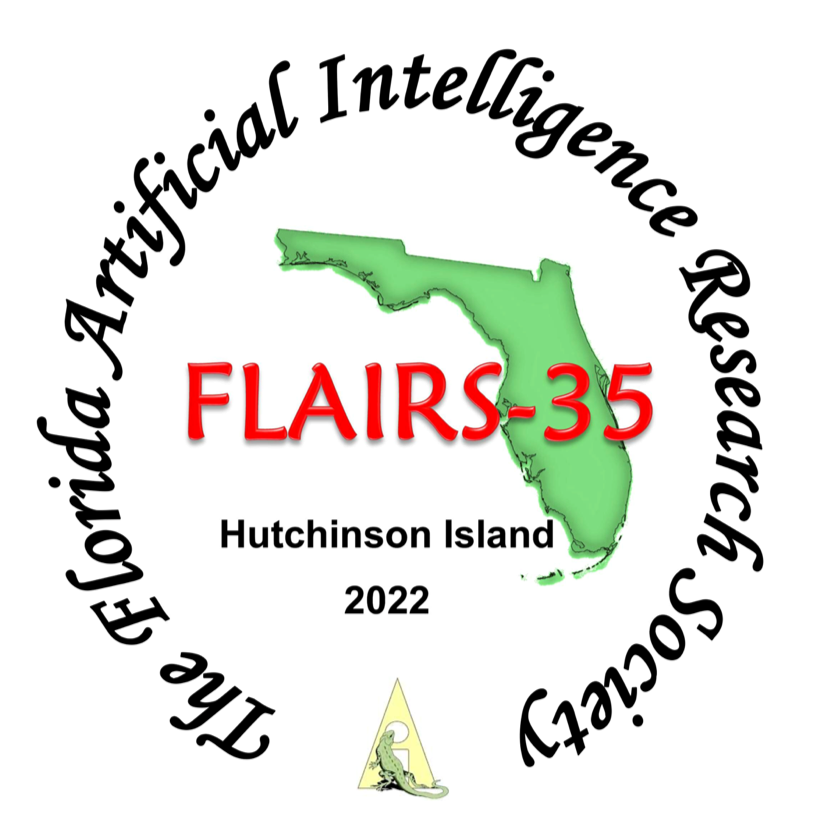Machine learning approach for studying the neural underpinnings of dyslexia on a phonological awareness task
DOI:
https://doi.org/10.32473/flairs.v35i.130576Keywords:
EEG, Neural-congruency, First Phoneme Elision, Dyslexia, Machine Learning, ElectroencephalographyAbstract
Understanding the neural underpinnings of dyslexia is an open and fundamental question in developmental neuroscience. A widely agreed causal risk factor for dyslexia is phonological deficit (PD). However, the causal relationships between PD and dyslexia have been primarily investigated and theorized based on findings derived from behavioral measures. What is missing is evidence of the underlying neurophysiological origins of these relationships. The present study examined whether the performance on a phonological awareness task, namely phoneme elision (PE), differentiated children with dyslexia from their typically developing counterparts at a neural level. We proposed a novel machine-learning-based approach to extract neural activity from EEG to identify neural differences at the group level. Specifically, we formulated an optimization problem to first extract informative EEG components (termed phoneme-related neural-congruency components) by maximizing the congruency in neural activity among typically developing children during phoneme elision. Next, we utilized a machine-learning algorithm to optimally combine the resulting components to differentiate between children with dyslexia and controls. Results showed that the proposed phoneme-related neural-congruency components are predictive about the underlying neuronal differences amongst groups. These results provide empirical evidence towards the neural underpinnings of dyslexia and the potential neural origins of PD as a causal link to dyslexia. Notably, the proposed method could be used to study other behaviorally defined developmental disorders.
Downloads
Published
How to Cite
Issue
Section
License
Copyright (c) 2022 Christoforos Christoforou, Timothy C. Papadopoulos, Maria Theodorou

This work is licensed under a Creative Commons Attribution-NonCommercial 4.0 International License.


